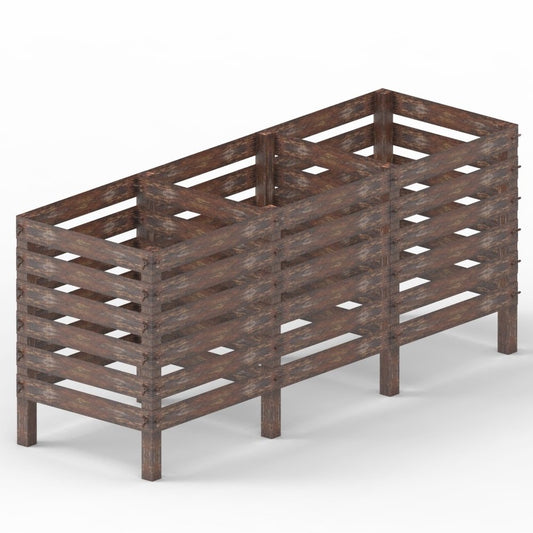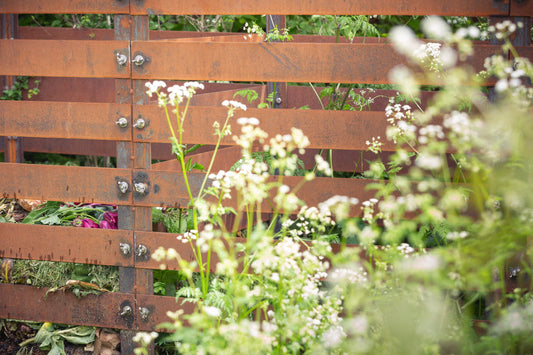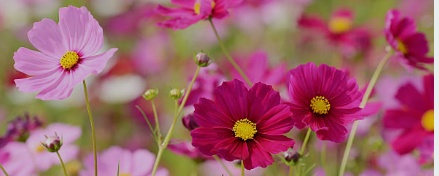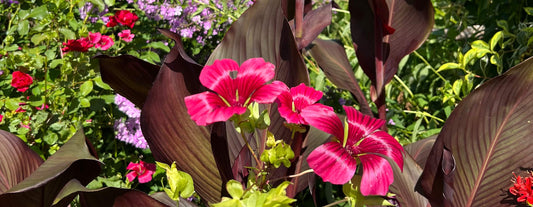-
Composters
Regular price £1,295.00 GBPRegular priceUnit price per

Lesley Ann's Tip
FAQs
Should my compost bins be in the sun or shade?
How long does it take for a compost bin to decompose?
How often should I turn my compost pile?
What cannot go in a composter?
What are 3 top tips for composting?
Looking for something else?
Head back to view all of our collections to see if we can get the right product for your garden.







